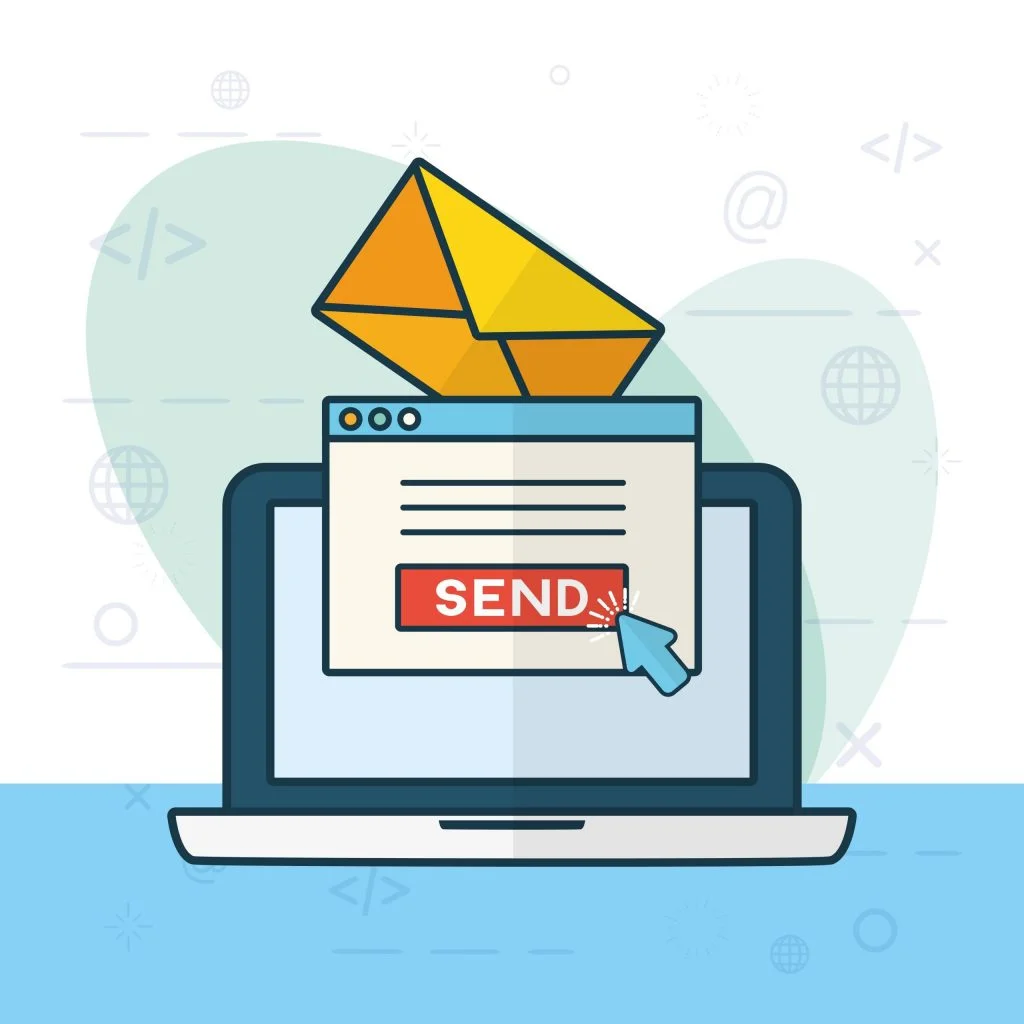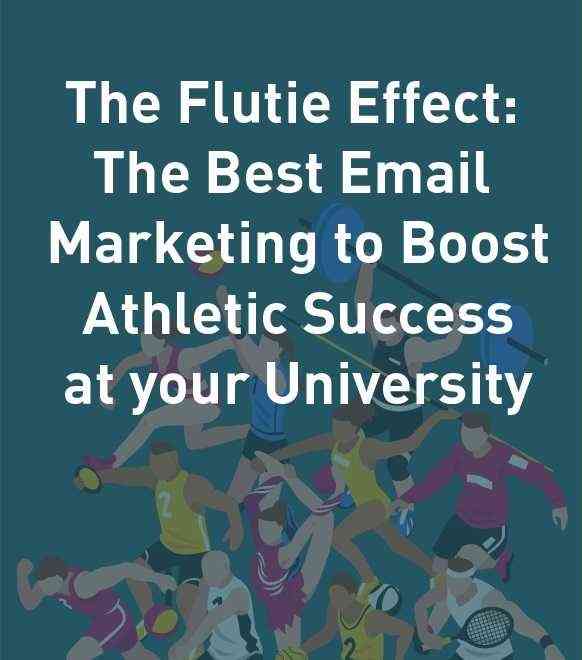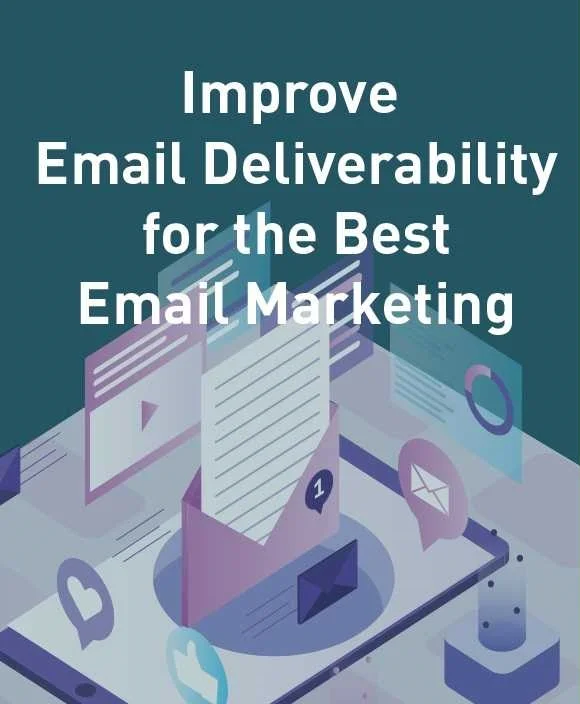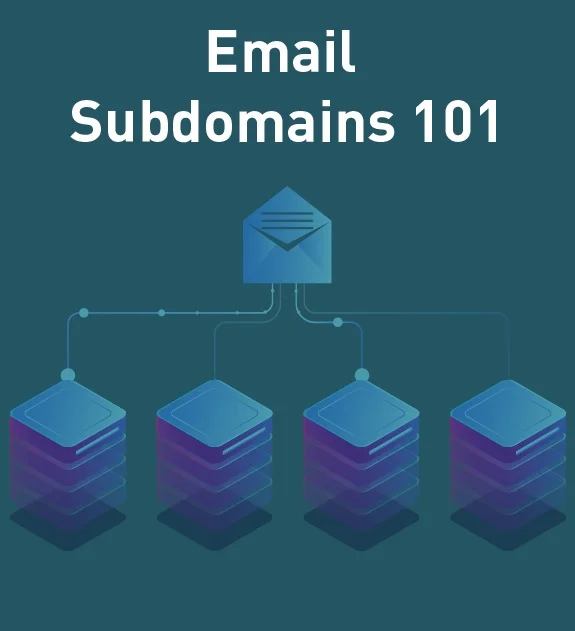Why You Should Re-Engage Your Old Mailing List
In email marketing, one of the biggest myths is that a bigger email mailing list will land you better results. In some cases, this is true, but that depends on how active your subscribers are. If your subscribers are not engaging with your content though, this can be detrimental for your business. This is where re-engagement campaigns come into play.
We’ve all been there. We subscribe to an email newsletter and shortly after lose interest in it. Whether we no longer are interested in a particular product or have too many emails in our inbox, it is common for us to stop interacting with all the emails in our inbox………..
A large email lists will not help your brand succeed if the mailing list includes subscribers who do not interact with your content. Nevertheless, there is still hope to re-engage these inactive subscribers so they become interested in your content, product or service again. The process to re-engage your subscribers is not complicated either.
In this blog post, we will share the steps to create a stellar re-engagement email campaign.

What is the point in re-engaging inactive mailing list subscribers?
Successful email marketing depends heavily on the quality of your email subscriber list. This is why maintaining your email list is extremely important. It can make or break your email marketing efforts in the long run.
If your subscriber engagement rate is low, it may seem like a lost cause to re-engage with these potential customers. That is simply not the case though. Re-engaging old email subscribers is a more cost-effective strategy than trying to find new ones. Plus, when done correctly, re-engagement emails can reduce list churn rates—the percentage of subscribers who discontinue their subscription over a period of time—and boost overall email engagement.
Re-engagement email campaigns are a part of a good data hygiene strategy. These types of campaigns can help you determine the integrity of your mailing list data and assist you in updating it, so it is of the highest quality. It may seem counterintuitive to remove subscribers from your mailing list, but it is vital to do so if they stay unresponsive or bounce. If these emails are not removed, they can lead to a variety of issues including higher bounce rates, deliverability issues, SPAM complaints, email reputation problems and even blacklisting.
How to Re-Engage an Old Email List
According to Salesforce, 63% of marketers found re-engagement campaigns effective in 2016. These campaigns can help weed our truly inactive subscribers. Plus, they can also remind your disengaged subscribers that you value them, which builds trust in your relationship.
In the following sections we will identify the steps necessary to perform a re-engagement campaign.
1. Define Inactive Subscribers
The first step is to determine who your inactive subscribers are. Most marketers define inactive subscribers to be anyone who has not responded, opened or clicked on any emails in 6-12 months.
You can find out who your inactive subscribers are by segmenting subscribers who have not engaged with your campaigns from your whole email list into a separate list. From there, you can send out your re-engagement campaign.
If a user on your segmented inactive list does not interact with your re-engagement campaign, they should be removed from your list completely. This will ensure that your email list remains as clean and up-to-date as possible.
2. Discover why your subscribers stopped engaging
Users who have disengaged with your emails are different than users who have unsubscribed from your emails. The reasons they disengage may vary. Some users may not realize they have disengaged while others simply need a break from your brand. You will not know why your subscribers have disengaged without asking them.
This is why its important for your mailing list manager to ask your subscribers for feedback during the unsubscribe process. Mailing list managers can also allow your subscribers to connect with your emails in a different way—like changing the frequency they receive emails, or only subscribing to certain emails. The information you gain from this process can drive the way you create emails in the future. This way, you can cater your emails to meet the needs of your subscribers.
3. Give your disengaged subscribers a reason to engage again
Your re-engagement email should entice your subscribers to become active again. Sometimes this works, other times it does not. It all depends on your subscribers and has nothing to do with your brand.
When creating a re-engagement campaign, keep in mind that it is a last chance for members of your audience to stay on your list. You must communicate the value in your product or service and sell it to your audience. This is how you can ensure more users stay on your list than get removed.
Here are some examples of the best types of re-engagement emails:
- Polls and Surveys: Your customers want to be heard. Polls and surveys give your customers this opportunity. Allowing customers to share their opinion with your brand can have many positive effects like building your brand relationship and increasing engagement. You can even throw in a promo code for your products or services to entice users to take a poll or survey.
- Product Recommendations: These days, personalized marketing is becoming the norm. Some brands have capitalized on this trend by offering product recommendations to their subscribers based on previous purchases. These types of campaigns show consumers that your brand cares about their needs.
- Coupons and Promo Codes: You can demonstrate the value your subscribers have to your business by sending inactive subscribers a special coupon or promo code. Since they have been inactive, this is also a good time to share newer products or services that they might not be familiar with.
Conclusion
Sometimes it can be difficult to let go of inactive subscribers. Nevertheless, if they remain disengaged after a re-engagement campaign, you must let them go. Data hygiene best practices indicate that you must maintain an email list of active and engaged subscribers. This means a smaller active email list is better for your email marketing in the long run than a larger list with lots of inactive subscribers.
Creating the most successful re-engagement campaign can be challenging, especially if your company is not an expert at email marketing. How do you ensure you send the best campaign for your type of business? If this data hygiene process seems too daunting, FrescoData can help. Our team of experts can assist your business in determining the best re-engagement strategy to perform the most effective data hygiene for your email list. To learn more, contact us for more information.





